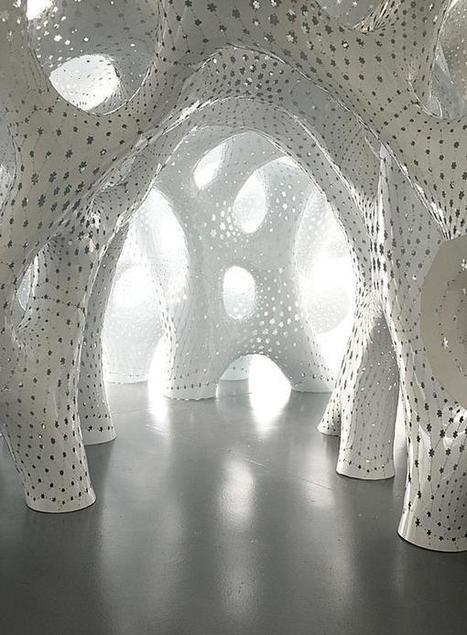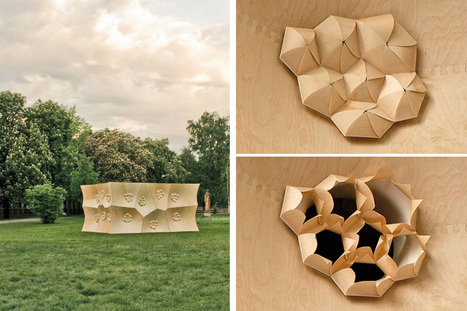From creating breathable metals to copying how animals cool their homes, architects and designers are increasingly using the principles of biomimicry in their work. Christopher DeWolf takes a look at how the discipline is evolving.
Research and publish the best content.
Get Started for FREE
Sign up with Facebook Sign up with X
I don't have a Facebook or a X account
Already have an account: Login
 Your new post is loading... Your new post is loading...
 Your new post is loading... Your new post is loading...
|
|













